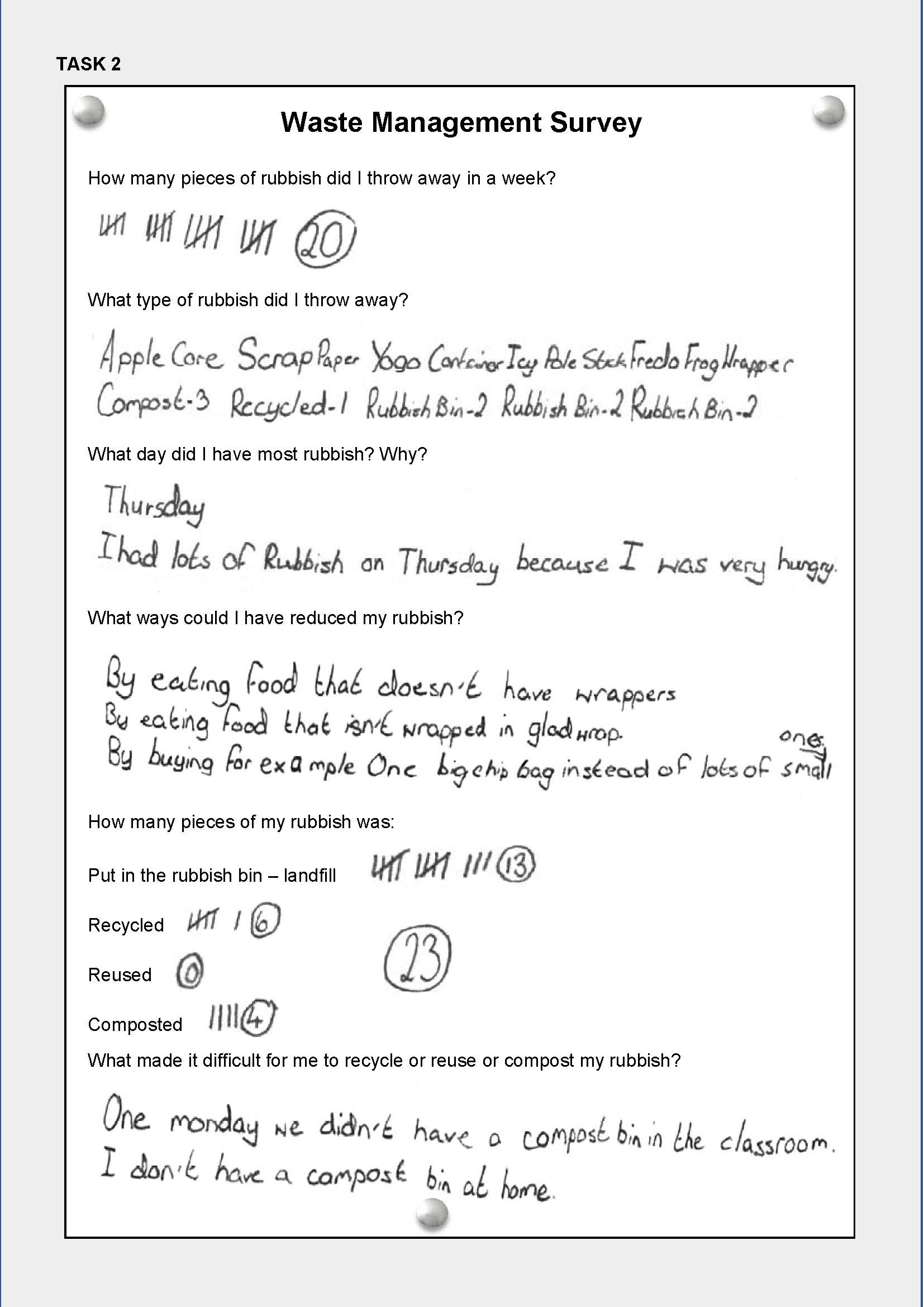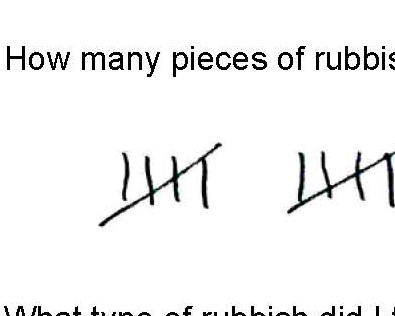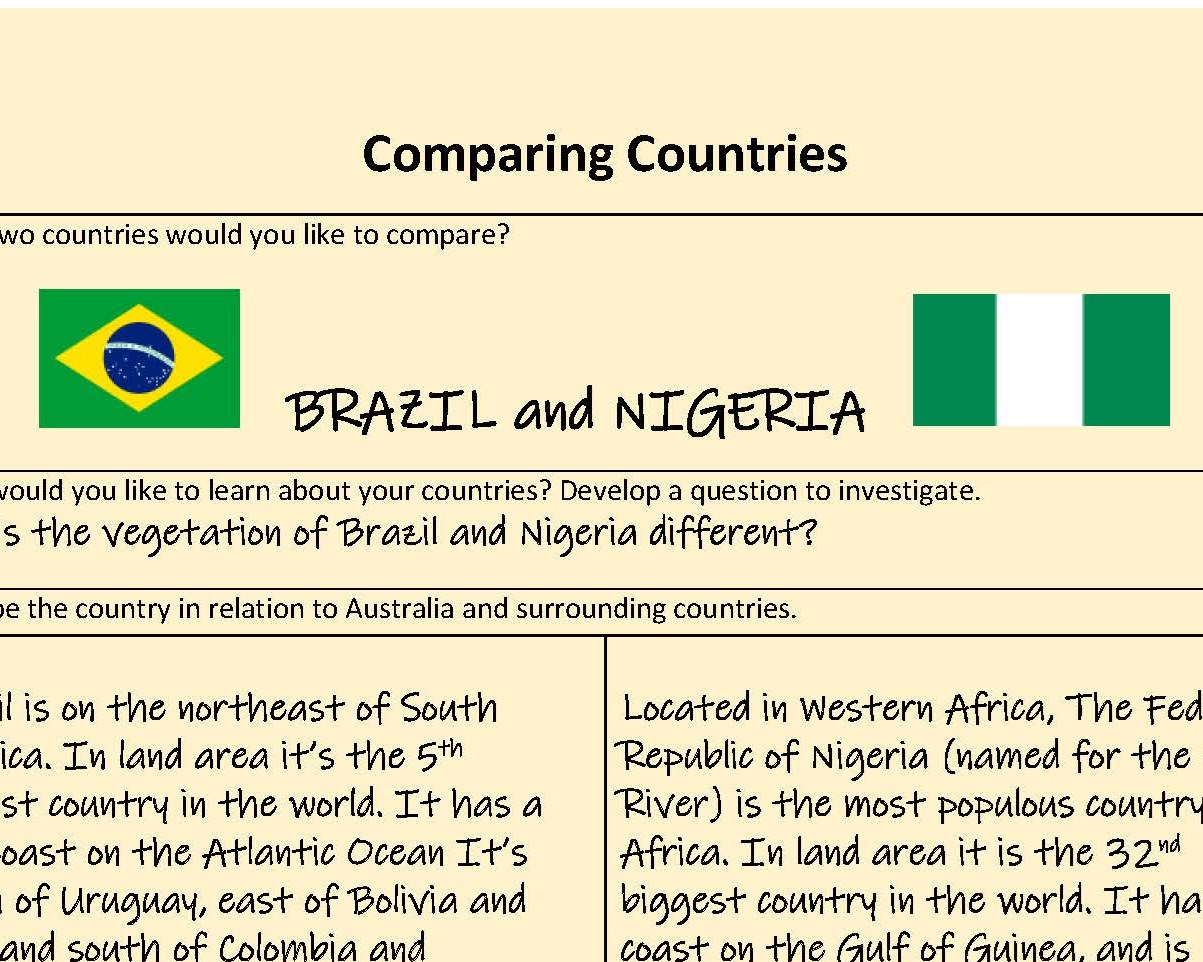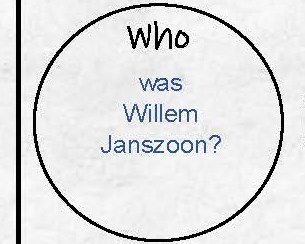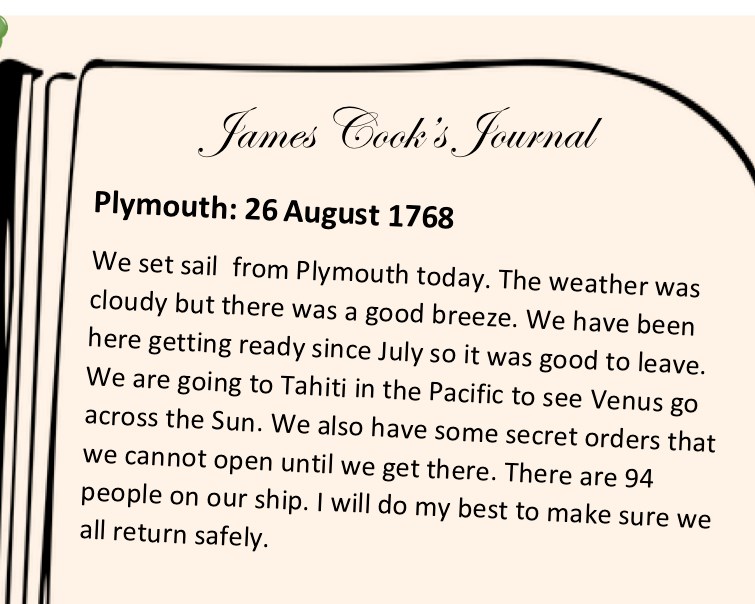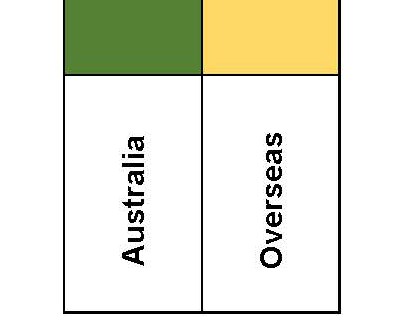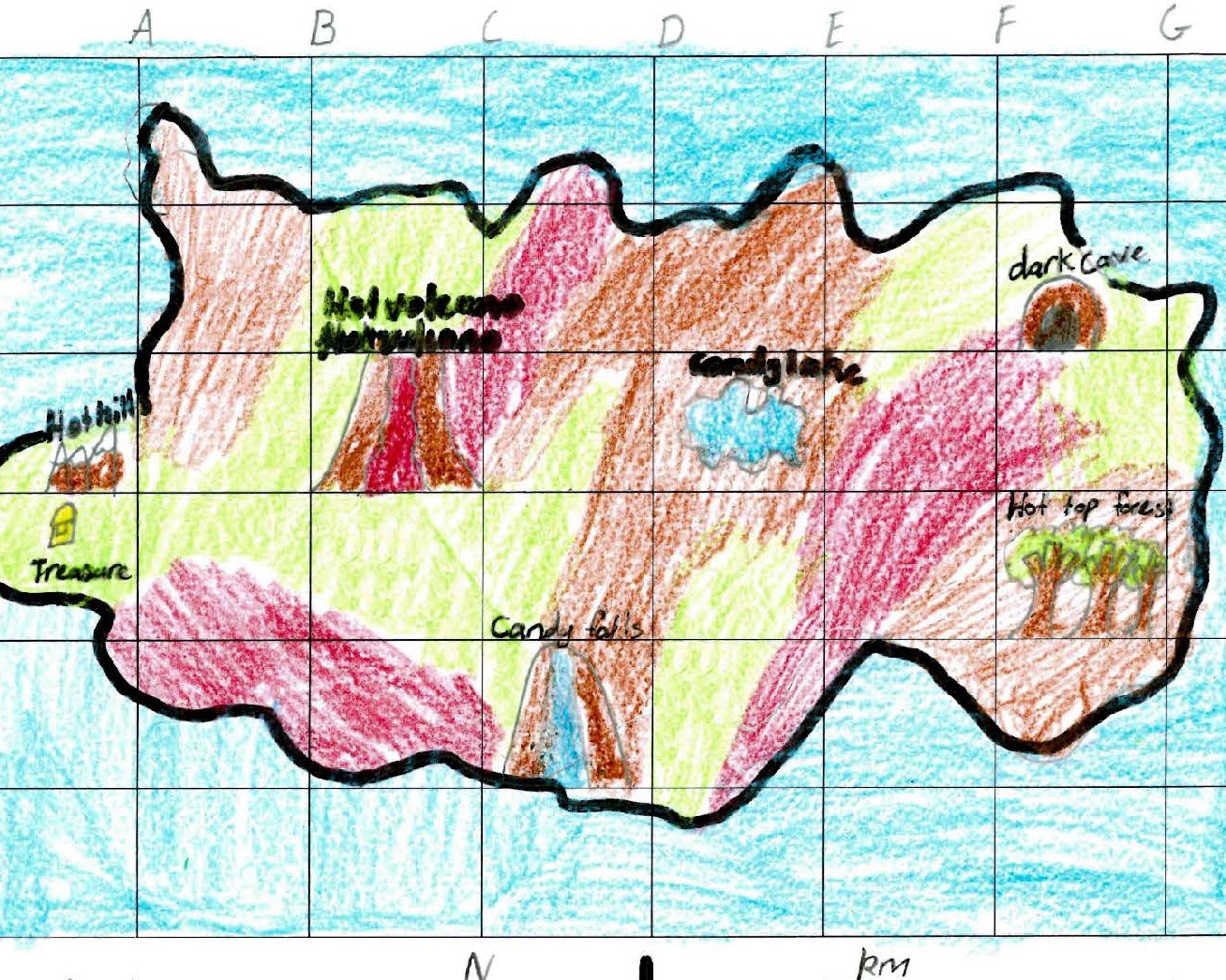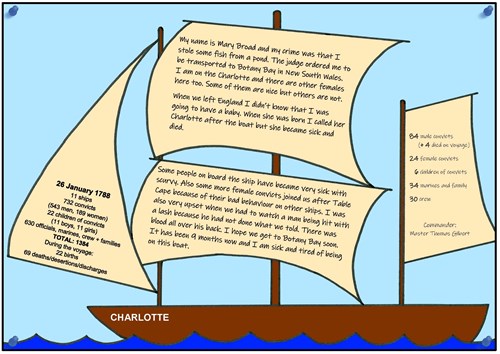Environmental investigation
Summary of task
Students investigated the impact of human activity on the environment. They listened to a teacher reading of ‘The Lorax’ by Dr Seuss and wrote a letter to the Once-Ler outlining their concerns about his intentions to commence production in their local area. They undertook two excursions, to a local waste disposal plant and to a local forest area, and observed real-world examples of aspects of the text. They then collected and analysed personal data associated with waste creation, disposal and management. Students recorded their findings and reflected on their learning on a scaffolded worksheet. The tasks and activities were completed in class over a four-week period, with some time spent at home to record data.
Achievement standard
By the end of Year 4, students describe the location of selected countries using compass direction. They describe and compare the characteristics of places in different locations at local to national scales. They identify the interconnections between components of the environment and between people and the environment. Students recognise the importance of the environment and identify different possible responses to a geographical challenge.
Students develop geographical questions to investigate and locate, collect and sort information and data from different sources to answer these questions. They record and represent data and the location of places and their characteristics in simple graphic forms, including large-scale maps that use the cartographic conventions of scale, legend, title and north point. They describe the location of places and their features using grid references and compass direction. Students interpret geographical data to identify spatial distributions and simple patterns and draw conclusions. They present findings using geographical terminology in a range of texts. They propose individual action in response to a local geographical challenge and identify some possible effects of their proposed action.

